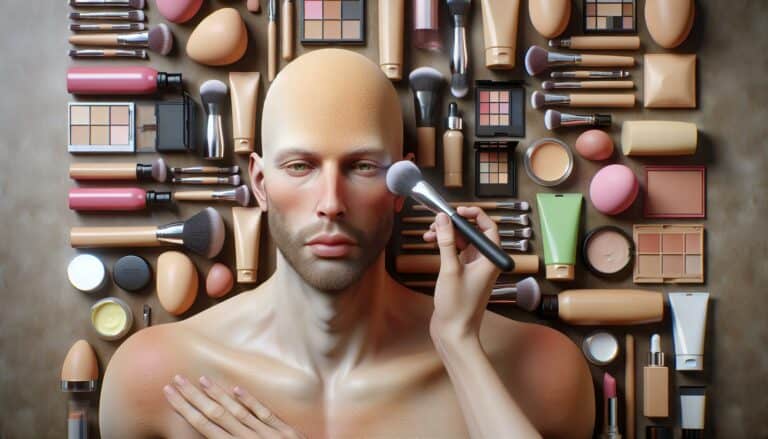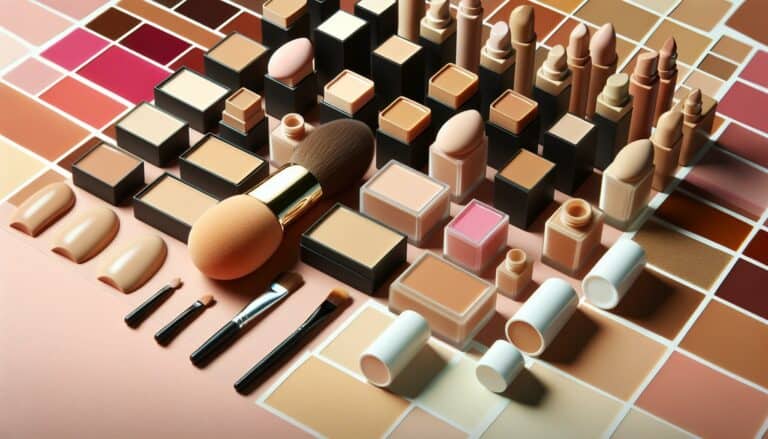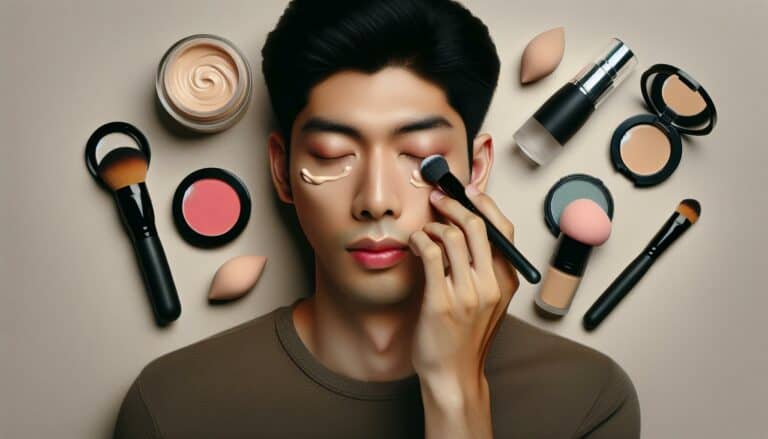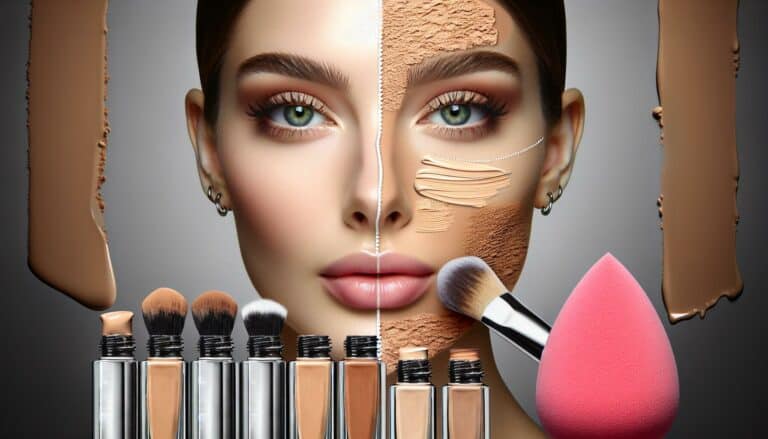When Does Concealer Expire? Spot The Signs & Protect Your Skin
Understanding Concealer Expiration Dates
When diving into the realm of makeup, particularly concealers, it’s essential to keep an eye on their expiration dates. Unlike food, makeup, including concealer, doesn’t come with a clear-cut expiration date. Instead, you’ll often find a little symbol on the packaging that looks like an opened jar. Next to this symbol, there’ll be a number followed by the letter ‘M’, indicating how many months the product is good for once opened. This is known as the Period After Opening (PAO) symbol.
For example, if you see ’12M’ on your concealer, it means it’s safe to use for 12 months after you’ve broken the seal. Here’s a quick reference table for commonly found PAO symbols on concealers:
| PAO Symbol | Expiration Period |
|---|---|
| 6M | 6 Months |
| 12M | 12 Months |
| 24M | 24 Months |
Keep in mind, these periods are general guidelines. The actual lifespan of your concealer can vary depending on its ingredients and how you store it. Natural concealers, for example, often have a shorter shelf life.
“Remember: The way you treat your makeup plays a significant role in its longevity. Always store your concealers and other cosmetics in a cool, dry place away from direct sunlight to prevent premature degradation.”
Moreover, changes in color, texture, or smell are clear indicators that your concealer may have expired before the PAO suggests. It’s always better to err on the side of caution to avoid skin irritation or breakouts. Keep these pointers in mind, and you’ll likely never have to deal with the pitfalls of using expired concealer.
Decoding the Symbols on Concealer Packaging
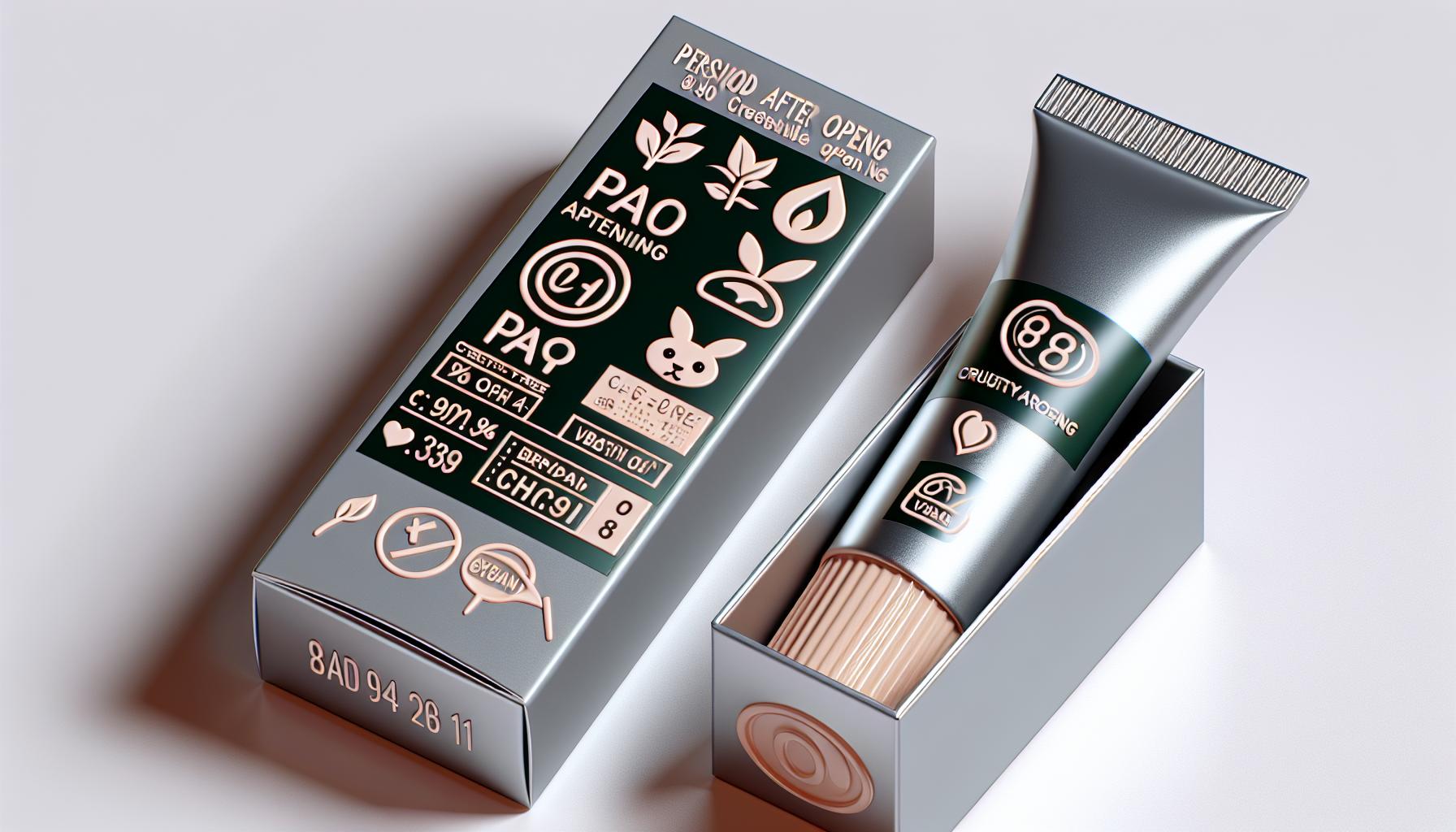
When you’re navigating your beauty routine, understanding the symbols on your concealer packaging can feel like deciphering an ancient code. But don’t worry, you’re about to become fluent in the language of makeup expiration.
First up is the Period After Opening (PAO) symbol, which looks like a small jar with an open lid. Inside, you’ll find a number followed by an “M,” indicating how many months the product is safe to use after you’ve opened it. This is your main guide for deciding when it’s time for your concealer to retire.
Here’s a quick reference table for some common PAO symbols you might find:
| Symbol | Meaning |
|---|---|
| 6M | 6 months after opening |
| 12M | 12 months after opening |
| 24M | 24 months after opening |
Another critical marker to look out for is the batch code. This series of letters and numbers can seem cryptic, but it pinpoints the product’s manufacturing date. Websites and apps can decode this for you, helping you to verify the freshness of your concealer even before opening.
Remember: Always check the PAO and batch code to gauge your concealer’s shelf life.
Lastly, the cruelty-free and vegan symbols might not tell you about expiration, but they’re essential for making ethical beauty choices. Look for a bunny or plant-based icon to ensure your products align with your values.
By understanding these symbols, you’re not just extending the life of your makeup; you’re also making informed decisions that impact your skin health and ethical considerations.
Signs it’s Time to Replace Your Concealer
Identifying when your concealer has reached its expiry isn’t always straightforward, especially when the PAO symbol or the batch code is missing or unclear. However, there are unmistakable signs that it’s time to part ways with your favorite concealer.
Firstly, pay attention to the texture of the product. A concealer that was once creamy but now seems dry or has separated is a clear indicator that it’s past its prime. This change affects not only the application but also the coverage and longevity of the product on your skin.
Another telltale sign is a noticeable change in color. If your concealer appears darker or has developed an off color, it’s a signal that the formula has altered and may not perform as initially intended.
“When your concealer doesn’t blend as seamlessly or cover as effectively as it used to, it’s time for a new one.”
The smell of your concealer can also guide you. Any rancid or unusual odor means the ingredients may have oxidized or degraded, inviting you to toss it out for the sake of your skin’s health.
Lastly, consider the performance of the product. If your concealer isn’t providing the coverage or finish it used to, despite correct application, it might be expired.
| Sign | Indicator |
|---|---|
| Texture | Becomes dry or separated |
| Color | Appears darker or off color |
| Smell | Develops a rancid or unusual odor |
| Performance | Fails to cover or blend as it once did |
By being mindful of these signs, you’ll not only ensure the best results from your concealer but also maintain your skin’s health and beauty.
How Expired Concealer Can Harm Your Skin
When you’re applying concealer, you’re looking for a flawless finish. However, using expired products can lead not only to less-than-ideal makeup application but also to skin issues you hadn’t bargained for.
Skin Irritation and Breakouts
The moment your concealer goes past its prime, the risk of skin irritation and breakouts increases. Expired makeup can harbor harmful bacteria that, when applied to your skin, can lead to uncomfortable reactions.
“Using expired concealer can introduce bacteria to your skin, leading to irritation and possibly even infections.”
Here’s a quick glance at potential skin reactions:
- Redness
- Itching
- Swelling
Increased Risk of Infection
Another considerable threat is infection. Eye areas are particularly vulnerable, given the sensitivity of the skin. An expired concealer can contain bacteria like Staphylococcus aureus, known for causing styes and other eye infections.
Accelerated Skin Aging
Though less immediate, the long-term effect of using expired beauty products can include accelerated skin aging. The degradation of active ingredients means your skin isn’t getting the benefits it could from fresh products, potentially leading to earlier onset of wrinkles and fine lines.
| Skin Harm | Cause |
|---|---|
| Irritation | Bacteria and Chemical Changes |
| Breakouts | Clogged Pores |
| Infection | Harmful Bacteria |
| Accelerated Aging | Loss of Effective Ingredients |
Remember, beauty products are designed to enhance your appearance and care for your skin. By keeping an eye on expiration dates and product condition, you can ensure your makeup routine remains both safe and effective.
Protecting Your Skin by Properly Discarding Expired Concealer
When it comes to maintaining a healthy skin routine, properly discarding expired concealer is as essential as choosing the right skincare products. While it might be tempting to keep using a concealer past its prime, especially if there’s product left, understanding the risks can motivate you to keep your makeup collection fresh and your skin safe.
Expired makeup, including concealer, is a breeding ground for bacteria and fungi. This unwanted growth can cause various skin problems, from minor irritations to more severe infections. Regularly checking your makeup’s expiration can prevent these issues.
Here’s a quick reference table for common concealer types and their typical lifespan:
| Concealer Type | Lifespan After Opening |
|---|---|
| Liquid | 6-12 months |
| Cream | 6-12 months |
| Stick | 12-18 months |
| Powder | 18-24 months |
Storage plays a pivotal role in your concealer’s longevity. Keeping it in a cool, dry place away from direct sunlight helps preserve its quality for the duration of its intended lifespan.
Pro Tip: “Always keep an eye on your makeup’s texture and scent. Any variation could be a sign that your concealer has expired and should be discarded.”
Making a habit of marking the opening date on your makeup items can be a game-changer. This simple act helps you track exactly when it’s time to replace them, thereby protecting your skin from the potential harm of using expired products.
Conclusion
While you’ve now learned about the signs of expiration and the importance of adhering to the PAO symbol, it’s equally critical to remember the potential risks associated with using expired concealer. Bacteria and fungi thrive in expired makeup, presenting a real risk to your skin’s health.
It’s not just about avoiding irritation or breakouts; using expired concealer can also lead to more severe skin infections. The degradation of active ingredients in your concealer can further accelerate skin aging, undoing any benefits your skincare routine might offer.
Quick Reference Table for Concealer Lifespan
| Type of Concealer | Typical Lifespan |
|---|---|
| Liquid | 6-12 Months |
| Cream | 6-12 Months |
| Stick | 12-18 Months |
| Powder | 18-24 Months |
In addition to health reasons, replacing expired concealer ensures that you’re getting the best possible performance from your makeup. An expired product won’t blend as smoothly or provide the coverage it once did, making your beauty routine more challenging.
Proper storage is crucial in extending the lifespan of your concealer. Keep it in a cool, dry place away from direct sunlight and make sure to close it tightly after each use to prevent any contamination. Regularly cleaning your makeup applicators and brushes can also reduce the risk of spreading bacteria to your concealer.
Marking the opening date on your concealer is a simple yet effective method to track its usability period. It helps you remember when it’s time to check for signs of expiration and ensure you’re always using a product that’s safe and effective.



